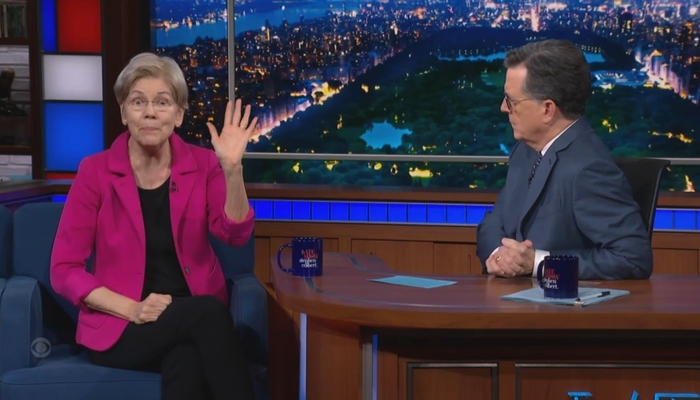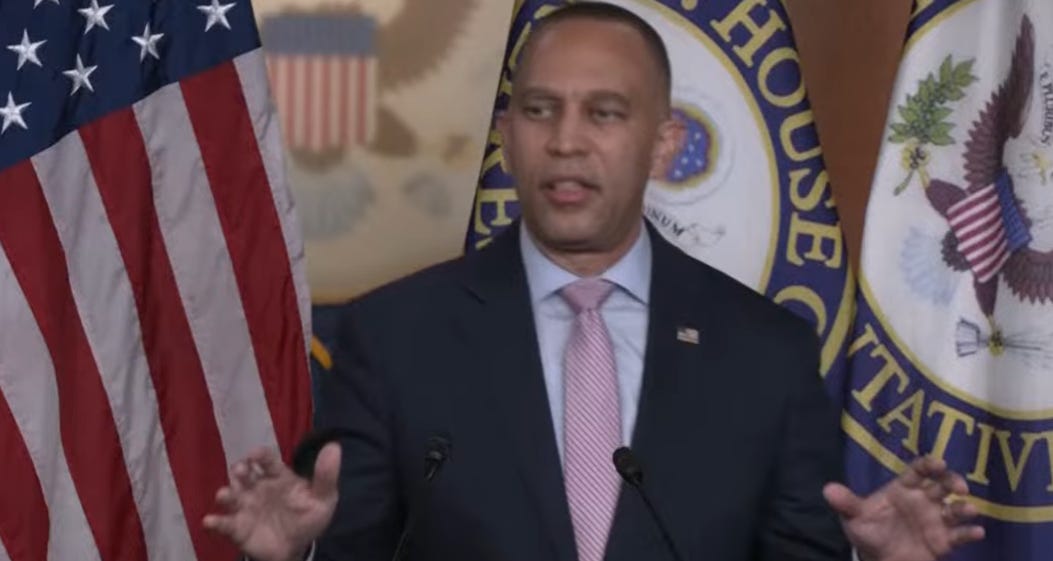At less than three weeks into the second Trump administration, the Wall Street Journal somehow discerned on Friday that „The Mood of the American Consumer is Souring.“
The premise of the story by reporters Rachel Wolfe and Joe Pinsker was also highlighted in the subtitle, „Tariff threats, market turbulence causing jitters early in Trump’s second term.“ And as proof for this premise a grand total of one, count ‚em, ONE Trump voter whose mood soured was presented. The broad sweeping generalities about the supposed quick mood change started right from the get-go in the story:
The Trump bump in consumer confidence is already over.
Tariff threats, stock market swings and rapidly reversing executive orders are causing Americans across the political spectrum to feel considerably more pessimistic about the economy than they did before President Trump took office. Consumer sentiment fell about 5% in the University of Michigan’s preliminary February survey of consumers to its lowest reading since July 2024. Expectations of inflation in the year ahead jumped from 3.3% in January to 4.3%, the second month in a row of large increases and highest reading since November 2023.
Is that consumer sentiment survey as accurate as the polls were in the recent election?
But wait! The Wall Street Journal has actual proof of the national mood swing in the form of ONE Trump voter who has already soured on the administration.
“I don’t like the turbulence. I don’t like the chaos in the market,” said Paul Bisson, a 58-year-old, who writes proposals for a flight safety company and co-owns a dog daycare in San Antonio. Bisson voted for Trump, but feels “his policies have led to that chaos.”
Bisson is hoping to retire in the not-too-distant future, and is worried that won’t be possible if Trump follows through with his tariff threats rather than just using them as a negotiating tactic.
“That will make the economy worse, and that’s not what we signed up for,” Bisson said. “We’ve already cut back. There’s no more cutting back to do.”
The WSJ managed to find another Trump voter but, unfortunately for the premise of the story, his quibble with the handling of the economy is relatively minor.
John Schinkel, who voted for Trump, is on board with the president’s economic agenda, but said he was “a little nervous” on the eve of the tariffs’ planned rollout.
The 53-year-old real-estate investor’s concern was that the tariffs might backfire economically and jeopardize Trump’s other plans.
Relieved that some tariffs were put on hold, Schinkel said he remains confident that Trump will reduce prices and interest rates, just not immediately.
“I don’t blame Trump for the price of eggs right now,” he said. “No matter who’s in the White House, I’d give that person a year to get their policies established before I start blaming prices on consumer things like that.”
So Mr. Schinkel is not really unhappy with the Trump administration and, in stark contrast to the WSJ that can’t even wait three weeks, is willing to give the President a year to get his policies established.
And that was it for the WSJ survey of Trump voters about the supposed mood swing. They also interviewed Kamala Harris voters who were, no big surprise, not satisfied yet with the direction of the economy under Trump. However, since they were unhappy with Trump to begin with, can their current dissatisfaction really count as some sort of mood shift? (There was also an unhappy American „who wrote down his maltipoo Heidi’s name as his pick for president in the last election.“)
It is interesting that with all the resources available to The Wall Street Journal, the best they could do in supporting their economic mood swing premise was to find ONE Trump voter who became dissatisfied with the direction of the economy under Trump.











